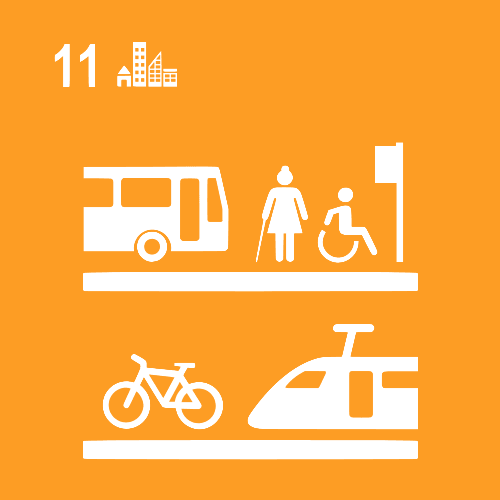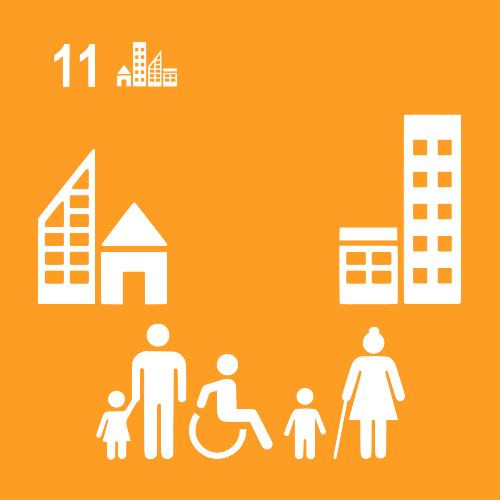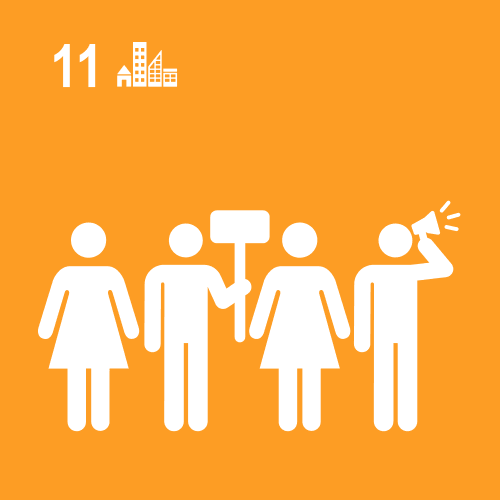Make cities and human settlements inclusive, safe, resilient and sustainable
SDG 11 is about making cities and communities safer, more inclusive, sustainable and resilient. Students can undertake actions to support their own community to become more sustainable. This requires their capability to facilitate sustainable change in a systematic way. “More than half of us live in cities. It is estimated by 2050, two-thirds of all humanity – 6.5 billion people will be urban. Sustainable development cannot be achieved without significantly transforming the way we build and manage our urban spaces. The rapid growth of cities – as a result of rising populations and increasing migration – has led to a boom in mega-cities, especially in the global south, and the number of heavily populated urban areas characterized by substandard housing are becoming a more significant feature or urban life.” (development perspectives, 2017)
In developed countries, it is crucial to think about how we can make our cities more sustainable in order to preserve the environmental ecosystem and to improve human well-being. This means thinking about how we build our cities, how mobility should be organised and how we produce food, also in urban settings. SDG 11 includes sub-targets related to safe and affordable housing and basic services, sustainable transport systems with attention to those in vulnerable situations, sustainable urbanisation, protection of cultural and natural heritage, reduction of the risks of natural disasters, reduction of the ecological impact of cities and communities, green, safe and inclusive public spaces, building and construction.
As an individual you can contribute to this SDG by undertaking actions related to sustainable mobility and logistics, sustainable private infrastructure and public space and by participating in the local decision-making processes.










